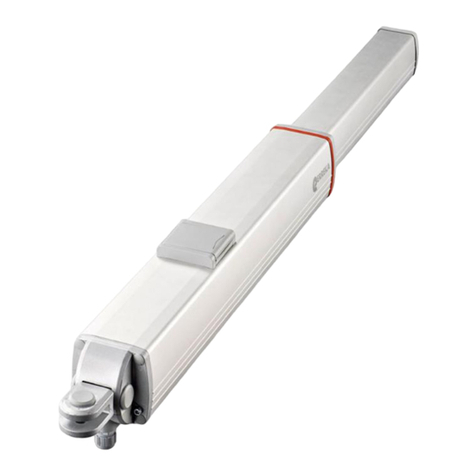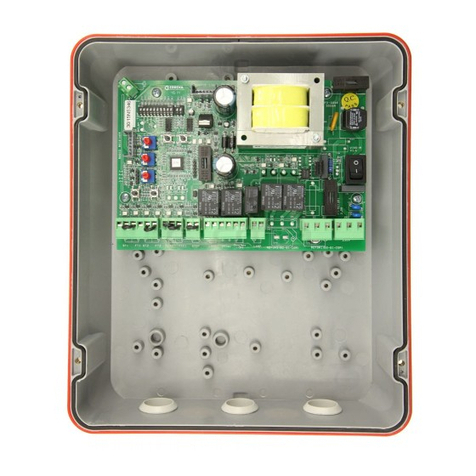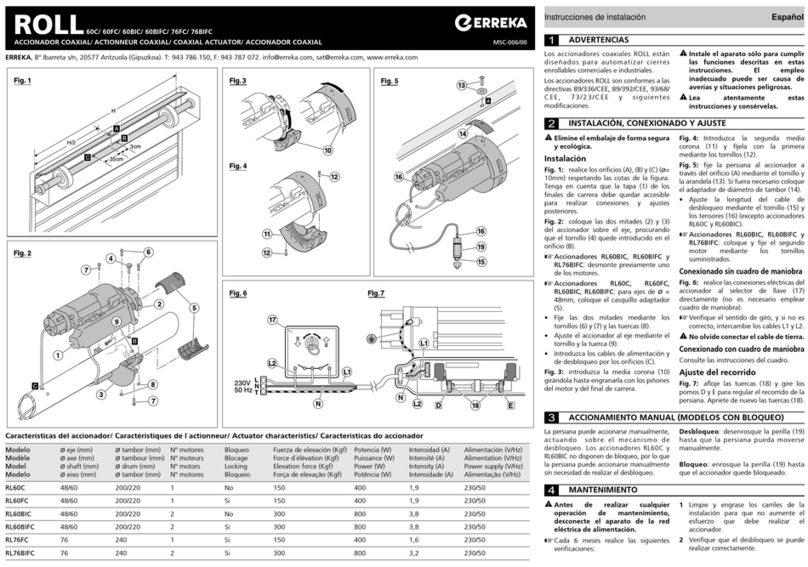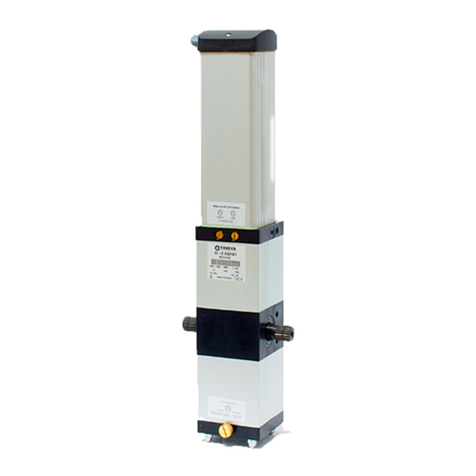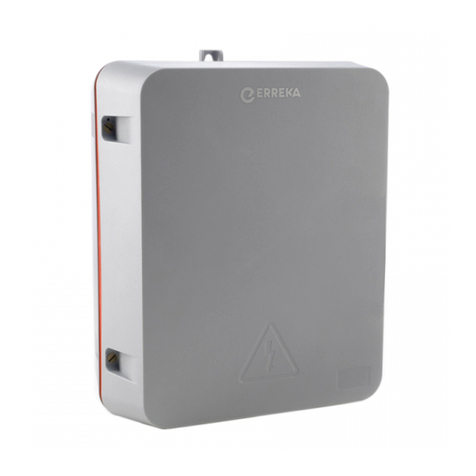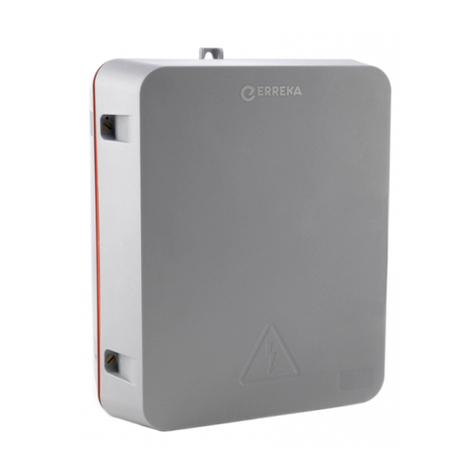
2
1. WARNING FOR INSTALLER
Importance of this manual
- Before installing, please read this manual and follow all instructions. Otherwise, the installation may be faulty and may
cause accidents and breakdowns.
- ERREKA Automatic Doors will not be held liable for any damages caused by an installation not in accordance with this
Installation Manual.
Intended Use
- This product has been designed to be installed as part of automatic opening and closing sliding pedestrian doors. It is
designed for intensive use within the weight limits indicated on the characteristics. It is designed to be installed and used
inside building.
- Any use for any purpose other than indicated is considered inadequate and therefore dangerous.
Safety elements
- The unit meets all current safety standards. Follow the instructions of all the elements fitted in the installation.
- Erreka Automatic Doors shall not be held liable for the safe and smooth operation of the door when system
components other than those produced and/or supplied by Erreka are used.
2. EC CONFORMITY STATEMENT
Manufacturer: MATZ ERREKA, S. Coop.
B º San Juan 93
20570 Bergara (GUIPUZCOA) - SPAIN
Product: Operator for automatic sliding door ERTAIN 4
States that: The operator has been constructed to be incorporated into the machinery or to be assembled with
other elements to create a machine under the following guidelines and standards:
●Machinery Directive 2006/42 CE
●EMC Directive 2004/108/CE
●Low Voltage Directive 2006/95/CE
●Power operated pedestrian door sets – safety in use, requirements and test methods: EN 16005
3. TOOL KEY
DRIL
7DRILLBIT
8.5DRILLBIT
CROSSHEADSCREWDRIVER
FLATSCREWDRIVER
SPIRIT
LEVEL
Nº13SPANNER
Nº13SOCKET
WRENCH
M8BOLT
Nº10SPANNER
Nº4T-HANDLEALLEN
WRENCH
CLAMP
WIRESTRIPPER
